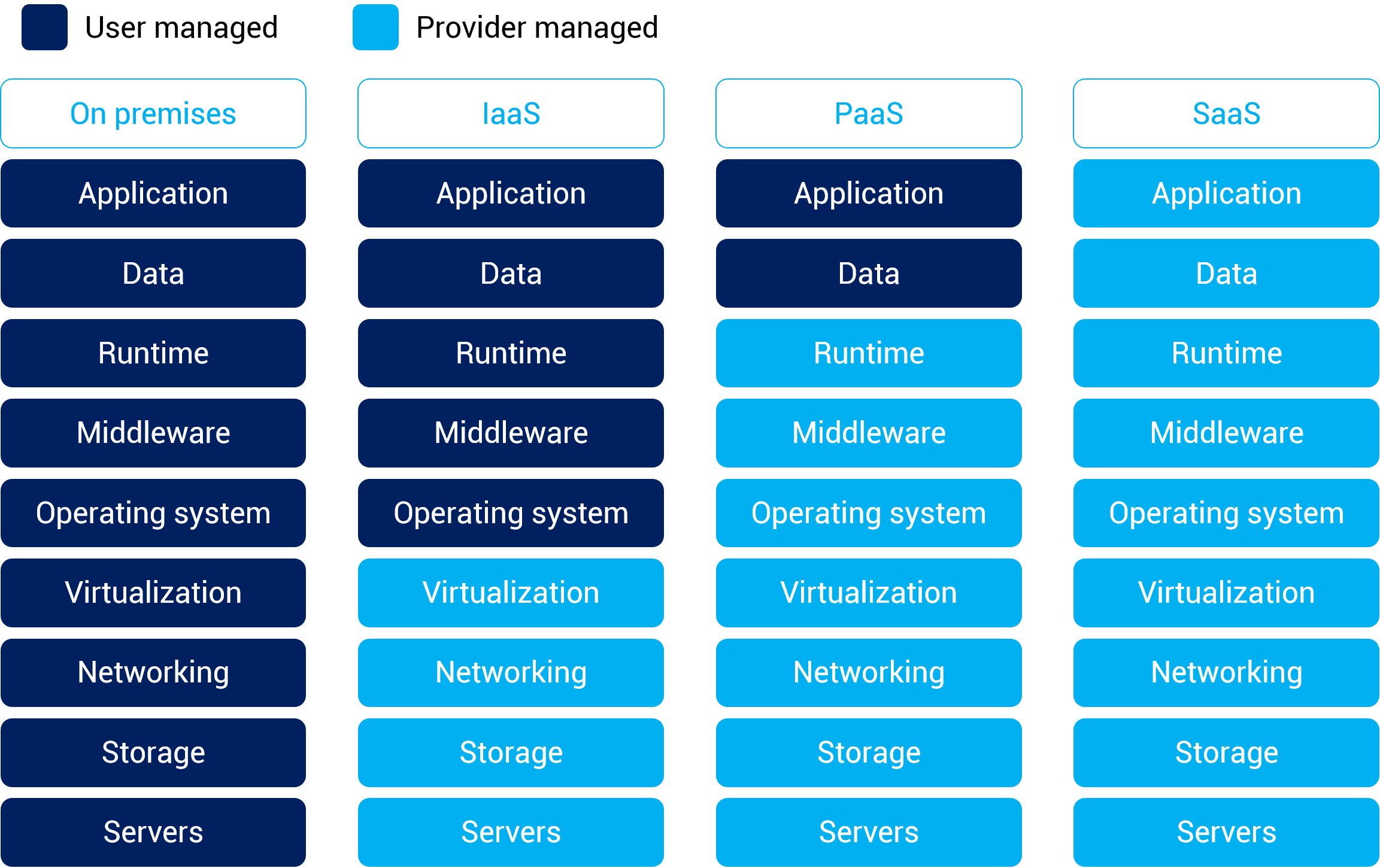What Is SaaS?
Software as a Service (SaaS) is a software licensing and delivery model in which software is licensed on a subscription basis and is centrally hosted on cloud. Consumers do not need to manage the software architecture, software maintenance and the underlying infrastructure. End users access the SaaS application using a thin client like web browser.

Business Advantages of SaaS
SaaS shortens the application or software delivery time as it removes the need for architecture planning, software implementation, application customization, performance test, load test, etc. It also frees up human resources to let consumer focus on core businesses and content delivery rather than underlying technologies.
Technical Advantages of SaaS
SaaS offers flexible scalability and high availability across different geographical locations. For example, SaaS application serves users in Asia and Europe without performance issues or scalability issues if the number of users grows rapidly.
Traditionally, implementing enterprise software usually takes months from project start to production go live. SaaS shortens the delivery from months to days or even hours.
Patch management of an application and its underlying stack is always a pain point in any enterprise, especially if there is a need tocomply with policies or standards such as PCI DSS. With SaaS, consumers do not need to use their own resources or coordinate/communicate with different stakeholders for patch management activities.
Financial Advantages of SaaS
Related Articles
-
What is cloud computing
Knowledge Base Team
-
What is PaaS
Knowledge Base Team
-
What is IaaS
Knowledge Base Team
-
Difference between IaaS, PaaS and SaaS
Knowledge Base Team
-
What is public cloud
Knowledge Base Team
-
What is private cloud
Knowledge Base Team
-
What is hybrid cloud
Knowledge Base Team




